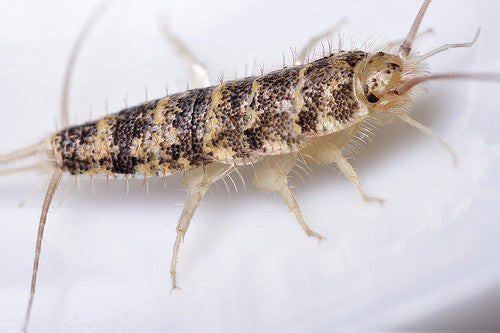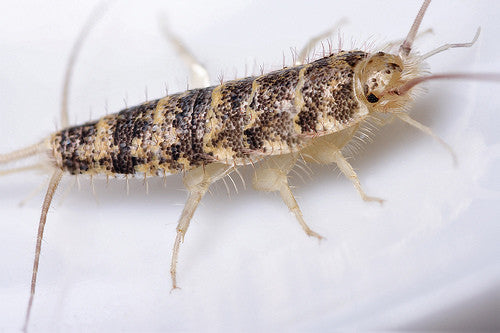
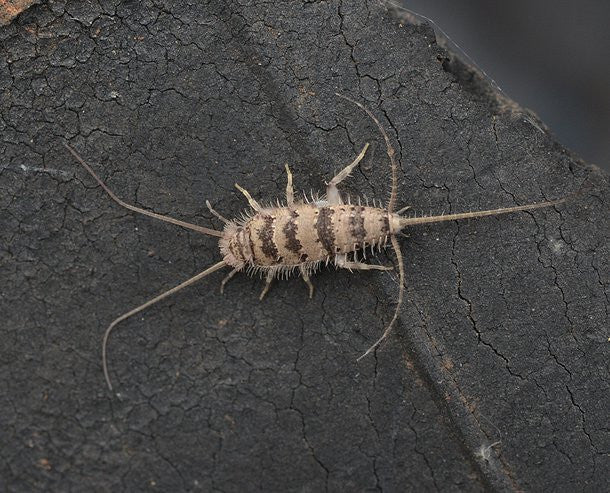
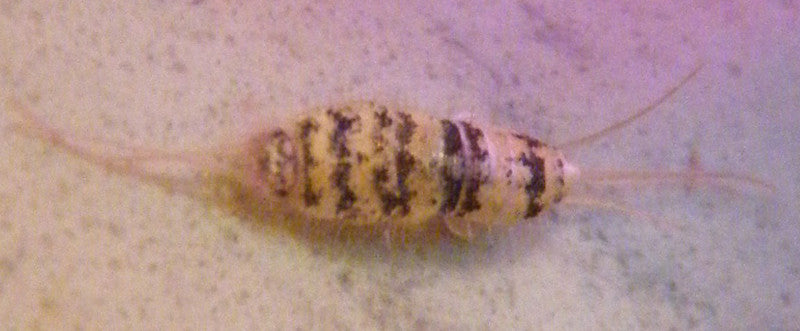
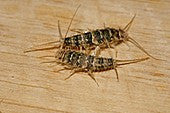
Sold out
Firebrats. Thermobia feeder insects starter colonies
$35.00
these must be shipped next day air if under 79 degrees
Firebrats. Thermobia Thesis on Thermobia feeder insects starter colonies are sold from our cultures include approx. 75 breeding adults and nymphs.They soon multiply into hundreds of nutritious feeding insects. Firebrats require a heat-pack with shipment and is included during cold months. As with all our live insects firebrats can only be guaranteed arrive alive with express shipping. These are captive bred and suitable for laboratory use.
Commonly used throughout Europe and preferred feeders for praying mantis and other invertebrates as well as reptiles. Recommended by breeders as the most preferred if not mandatory food for certain species such as bark mantis. I have found and increase in mating and ooth size when used for other species as well. Their small size I find is especially good for mantis nymphs as well as certain "pin head" types such as Gongylus gongylodes "Violins", P. Paradoxa "Ghosts", Bicornis and Idolomorphas as well as all other species alike. The Thermobia nymphs are tiny and we received by even the tiniest of mantis and as an alternative to or together with feeding spring-tails.
Firebrats are a small insect which multiply easily when conditions are correct. They thrive in hot humid conditions.
Temperature of upwards to 90F to 120 F so a heat lamp or source is recommended.
Food: I use a mix of fish food flakes marshmallows and wheat germ.
Water source should be a small container filled with cotton soaked with water or water gel crystals. I use a plastic pill bottle with a hole in the cap so water is accessible but keeps from evaporating too fast.
Habitat Though they like it hot and humid "wet" is not recommended. A well sealed plastic jug or container for their habitat vented but with fine poly mesh or cloth. as with roaches they are hard to get rid of once loose in the home.
Inside the container they need many layers of corrugated cardboard, paper egg-crates or paper towels to live on.
Breeding is easy when conditions are correct. hundreds, even thousands can develop. Cotton balls are needed for them to lay for laying eggs and if the temperature is right (32–41 °C or 90–106 °F).
Size: The firebrat (Thermobia domestica, sometimes listed as Thermophila furnorum) is a small hexapod (typically 1–1.5 cm) similar to the silverfish, both in the order Thysanura.
Firebrats prefer higher temperatures and require some humidity, while they can be found in bakeries and near boilers or furnaces.Collecting wild firebrats can be trouble as they may be contaminated with bug sprays or even bacteria or salmonella. We do not use dog food or cat food or meat for it can produce salmonella. They feed on a wide variety of carbohydrates and starches that are also protein sources such as dog food, flour and book bindings. They are distributed throughout most parts of the world and are normally found outdoors under rocks, leaf litter, and in similar environments, but are also often found indoors where they are considered pests. They do not cause major damage, but they can contaminate food, damage paper goods, and stain clothing. Otherwise they are mostly harmless.
At 1 1⁄2 to 4 1⁄2 months of age the female firebrat begins laying eggs if the temperature is right (32–41 °C or 90–106 °F). It may lay up to 6000 eggs in a lifetime of about 3–5 years. After incubation (12–13 days), the nymphs hatch. They may reach maturity in as little as 2–4 months, resulting in several generations each year.

